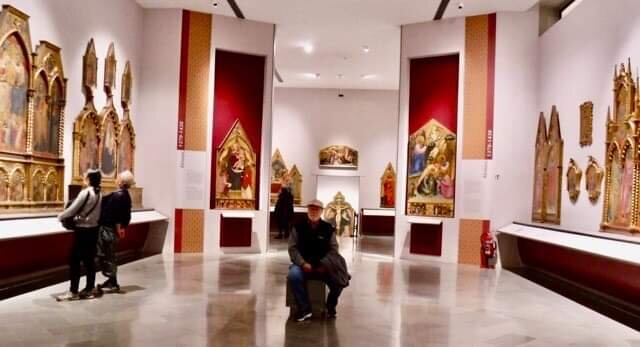
Sight-unseeing
March 5, 2020
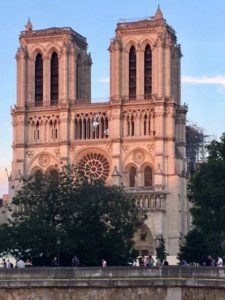
Heartbreak.
Today’s examination, moving forward, focuses on sightseeing and my enmity toward it. Nothing puts a damper on a day abroad more than the knowledge that a museum or other similar attraction is on the schedule. On the other hand, nothing gladdens my heart over breakfast that morning than to find out from the brochure that the museum is closed for that day. There’s a lot of reasons for this.
First is the phenomenon known as “museum fatigue,” once explained to me by a civic architect. In my case it means my legs becoming bone weary after about twenty minutes of feigning interest in bejeweled gewgaws once owned by some self-involved, overfed aristocrat, or loathsome portraits of their pissant offspring hung on gold-edged plaster walls. Add to that how long the line is you’ll have to stand in filled with nitwits there only to check it off their “must see” list and to post a photo on Facebook, and you have an accurate, museum-quality portrait of how my brain works.

I have no idea, plus after a while, even the frames start bugging “me.
“But if I had read a book about one of those pissant children, say it was one of the Romanov kids shot by the Bolsheviks, then you would more likely find me gazing transfixed at the portrait, fascinated by the thought of the look in the little urchin’s face as the Bolshevik pulled the trigger.”
But if I had read a book about one of those pissant children, say it was one of the Romanov kids shot by the Bolsheviks, then you would more likely find me gazing transfixed at the portrait, fascinated by the thought of the look in the little urchin’s face as the Bolshevik pulled the trigger.
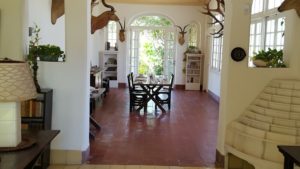
The Hemingway home (Finca Vigia) and museum outside Havana. I counted down the days till we got here.
The key then for me and sightseeing is whether or not I first read it in a book. This explains why I sought out Hemingway’s apartment and writing garret in Paris, which without the bronze marker, would be just another dilapidated, cold water walk up in a nondescript part of the city. And why I want to visit the sewers of that city again, having once did in the 1970s to retrace the steps of Jean Valjean escaping the clutches of Inspector Javert in Hugo’s Les Miserables.
It works both ways, too. If there is a sight to be seen that I know is in a book, like the Notre Dame cathedral, I will make it my prime objective, as I did, arriving in Paris in 1971, standing before it and imagining Quasimodo getting off while chiming the bells atop those twin towers. And why seeing the cathedral today is so heartbreaking. (I never read a book where the Eiffel Tower figured in it, and that may explain why in my four trips to Paris between 1971 and 1972, I never once visited it.)
Probably should read something set in the Tivoli Gardens soon. Otherwise, that could be a big miss in Copenhagen. Needless to say, Carol has been a big assist in broadening my horizons, and we should be okay in Copenhagen. Must be I’ve read a book about Carol once. Jane Eyre, maybe.
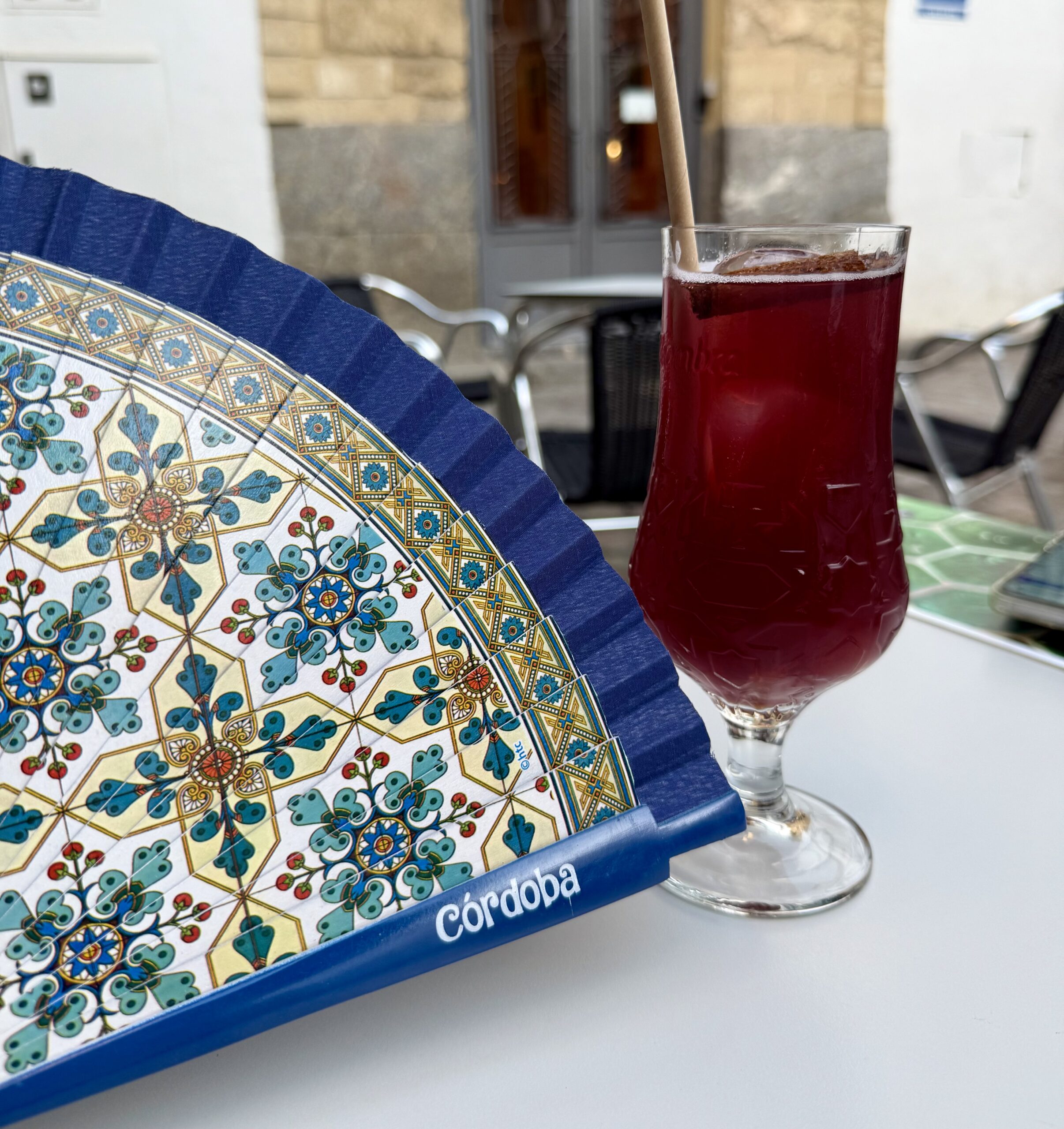
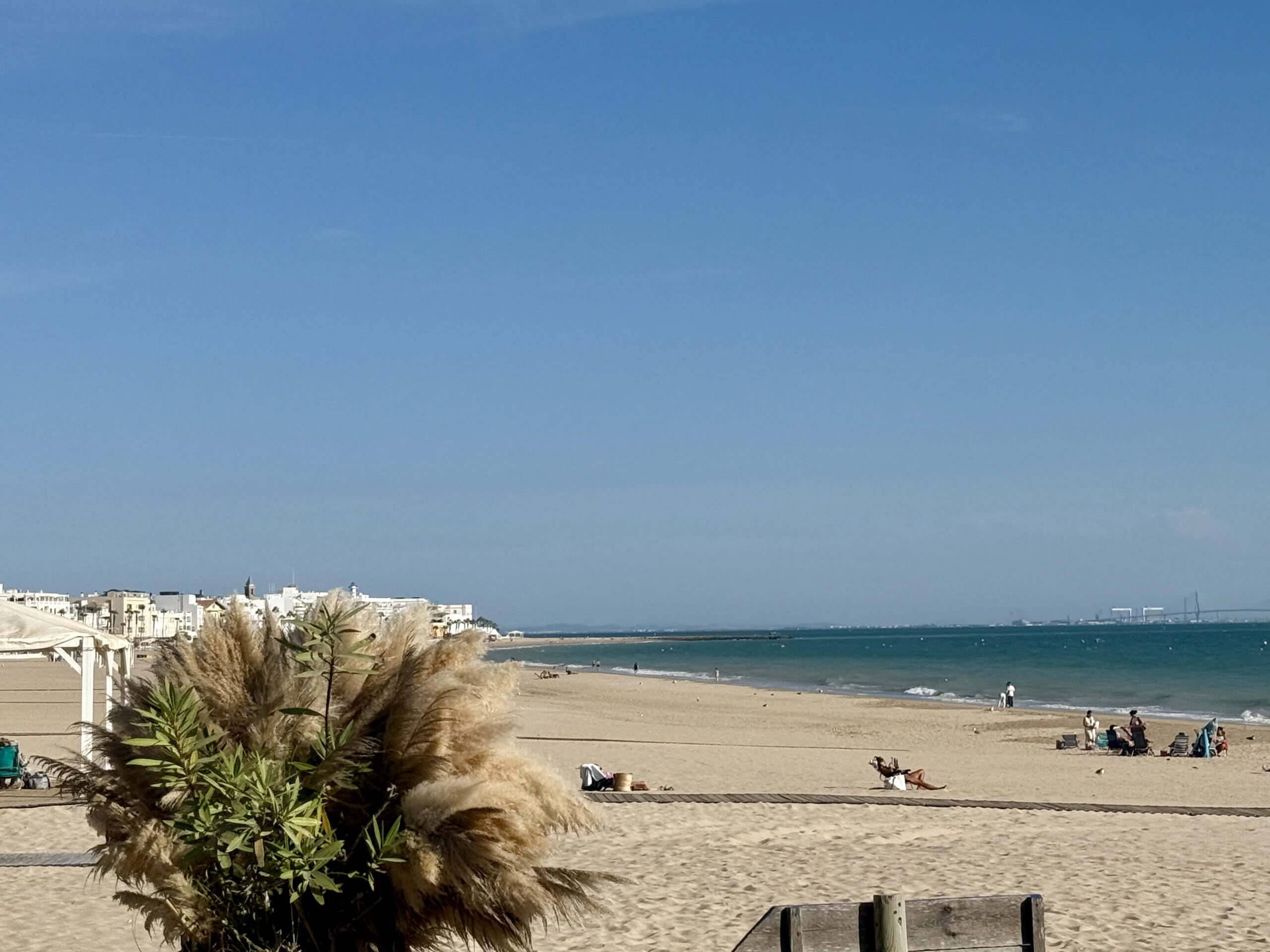

Be the first to comment